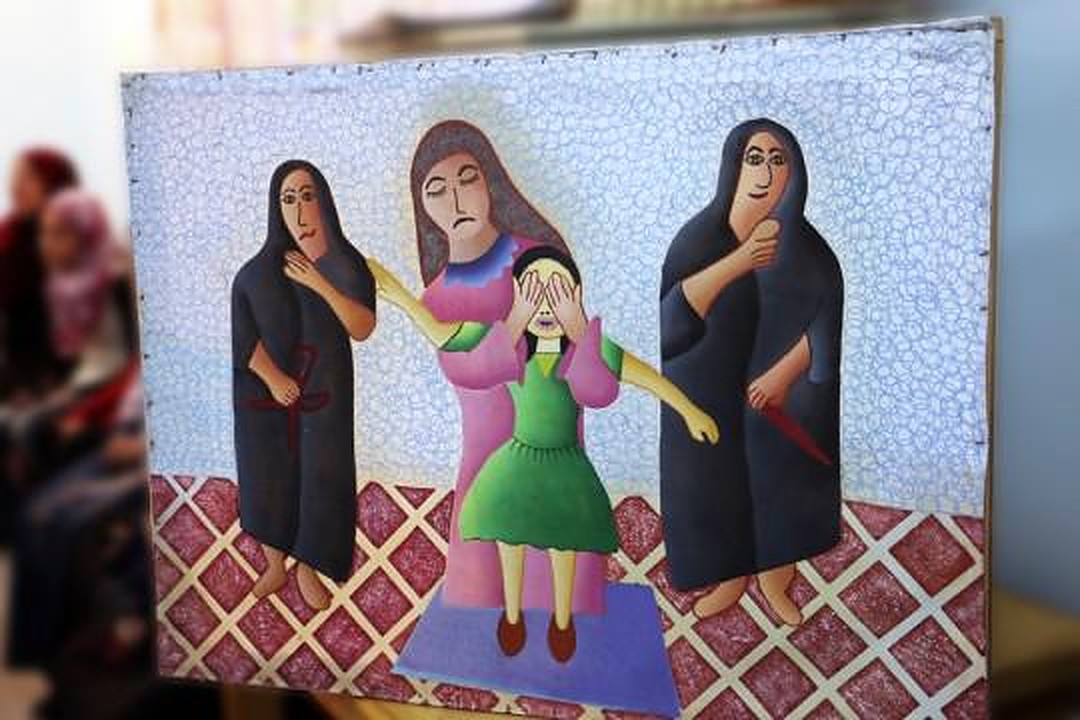Female Genital Mutilation (FGM) is one of the biggest issues facing Egypt’s female population. The United Nations Population Fund estimates that 92 percent of women and girls aged 15-49 in Egypt have undergone FGM. The tradition, whose origins remain an obscure and contentious topic, continues to plague communities across the country, with clitoridectomy being the most common FGM procedure in Egypt. The procedure is often performed on young girls without their consent—in many cases, victims are physically restrained—and in unsanitary conditions, which leads to lifelong complications. FGM victims can develop incontinence and are more likely to suffer vaginal infections than other women. Other issues that often affects women who have undergone FGM include pain during intercourse and childbirth and, in many cases, difficulty enjoying sex. In addition to the physiological effects of FGM, survivors can also develop mental health issues, such as depression and post-traumatic stress disorder, often accompanied by flashbacks of the procedure. One organization working to make FGM survivors whole again is the Restore Foundation, whose services range from psychological support and psychosexual therapy, to providing surgical and nonsurgical solutions to restore genitals to their natural form. “I…
Restore Foundation: The Egyptian Doctors Helping FGM Survivors Heal
August 29, 2020



